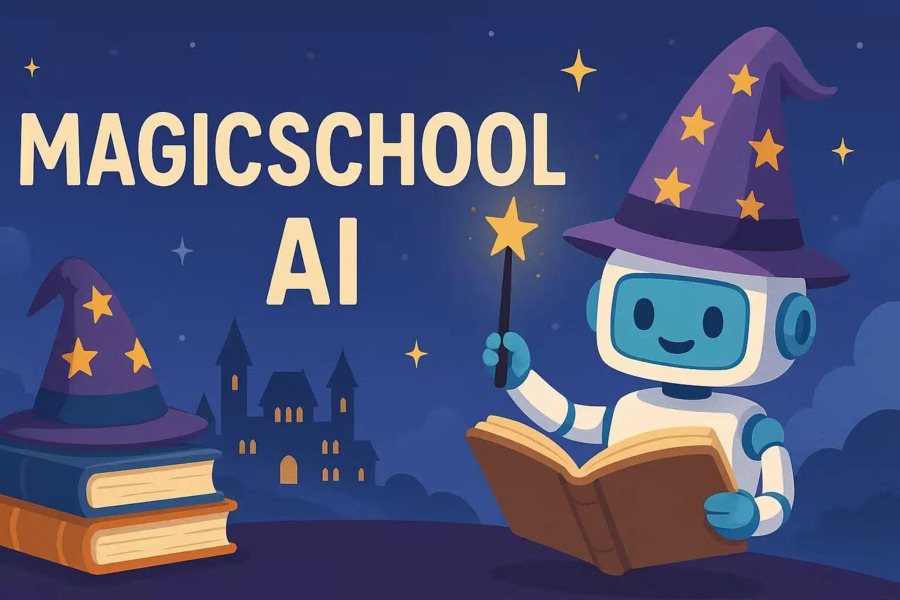You know that moment when you type something simple into Midjourney—like “cool dragon”—and get back a creature that looks more like a deflated lizard than a majestic beast? The truth is, Midjourney isn’t a mind reader—it’s a brilliant but literal artist. The difference between a “meh” result and a jaw-dropping masterpiece? Your prompts.
In this guide, we’ll break down everything you need to know about crafting effective Midjourney prompts—from basic principles to advanced techniques. Whether you’re a beginner looking to improve your AI art or a seasoned creator pushing boundaries, these strategies will help you turn vague ideas into breathtaking visuals. Let’s dive in!
Why Are Midjourney Prompts So Important?
Think of prompts as your creative GPS. Without clear directions, Midjourney might take you somewhere unexpected (like that sad dragon). But with a well-structured prompt? You’re steering straight toward “Wow, that’s amazing!” territory.
1. Quality Control
Compare these two prompts:
- “A cat” → Generic, forgettable feline.
- “A fluffy Maine Coon kitten napping in a sunbeam, golden hour lighting, oil painting style” → A stunning, gallery-worthy portrait.
The more specific and descriptive your prompt, the better Midjourney can match your vision.
2. True Customization
Want a cyberpunk version of your childhood home? A fantasy castle in the clouds? Generic prompts won’t cut it. Details make your AI art uniquely yours.
3. The Goldilocks Rule: Not Too Vague, Not Too Overloaded
- Too vague: “A dog” → Could be any breed, any style.
- Too overloaded: “A dog wearing a top hat, riding a bike on Mars, in Picasso and Van Gogh’s styles” → Confuses the AI.
- Just right: “A regal Great Dane in a Victorian-style portrait, wearing a velvet coat, dramatic lighting” → Clear, creative, and cohesive.
The key? Balance. Guide Midjourney without boxing it in.
Types of Midjourney Prompts
Not all prompts are created equal. Depending on your goal, you’ll want to adjust your approach.
1. Artistic & Creative Prompts
For dreamers and visual storytellers. These thrive on emotion, mood, and stylistic flair.
- “A haunted forest where shadows whisper, mist curling around twisted oak trees, dark fantasy illustration style.”
- “A futuristic city where buildings float on clouds, neon lights reflecting in rain puddles, cyberpunk anime aesthetic.”
2. Business & Professional Prompts
Need visuals for branding, presentations, or marketing? Clarity and purpose matter most.
- “A sleek, minimalist logo for a tech startup: a geometric owl symbolizing wisdom, blue and silver color scheme.”
- “A modern coworking space with natural wood desks, hanging plants, and sunlight streaming through floor-to-ceiling windows.”
3. Educational & Informative Prompts
Great for teachers, students, or explainer content. Simplify complex ideas visually.
- “An infographic showing how volcanoes erupt, with labeled magma chambers and ash clouds, cartoon-style for kids.”
- “Ancient Rome’s marketplace, historically accurate clothing, vendors selling spices and pottery, cinematic lighting.”
4. Fun & Entertainment Prompts
Unleash your silliest ideas—these are perfect for memes, gifts, or just play.
- *”A corgi dressed as a medieval knight, riding a giant bee into battle, Pixar-style 3D render.”*
- “A steampunk tea party: robots wearing top hats, sipping from porcelain cups, gears and smoke everywhere.”
5. Social Media Prompts
Designed to stop the scroll and boost engagement.
- “A cozy autumn flat-lay: knitted blanket, pumpkin latte, open book, soft golden lighting—Pinterest aesthetic.”
- “A ‘before & after’ home renovation: crumbling walls vs. a bright, plant-filled living room, side-by-side comparison.”
How to Write Midjourney Prompts for Better Results
Ready to level up? Here’s the step-by-step formula for high-quality prompts that deliver.
1. The Core Ingredients
Every strong prompt includes:
- Subject (What’s the focus?)
- Descriptive Details (Adjectives, textures, lighting)
- Style References (Art movement, medium, artist)
Example:
- Weak: “A castle.”
- Strong: “A gothic castle atop a fog-covered mountain, towering spires, stained-glass windows glowing from within, moody twilight lighting, in the style of a Dark Souls game concept art.”
2. Play With Lighting & Style
Lighting sets the mood; style defines the look.
- Lighting terms: “Golden hour,” “moonlit,” “neon glow,” “candlelit warmth.”
- Style mashups: “Studio Ghibli meets cyberpunk,” “Renaissance portrait but with aliens.”
Related Reading: Midjourney Negative Prompt
3. Avoid Overstuffing Your Prompt
Too many ideas = a chaotic mess. Stick to 3-5 key details max.
- ❌ “A cyberpunk city with flying cars, neon signs, rain, a robot bartender, a noodle shop, and a sunset…”
- ✅ “A rainy cyberpunk alley, neon signs reflecting in puddles, a lone figure in a trench coat, Blade Runner vibes.”
Advanced Midjourney Prompt Techniques
Once you’ve mastered the basics, try these next-level tricks.
1. Prompt Layering
Think of this like stacking brilliant ideas on top of each other. You’re giving the AI multiple distinct prompts within a single command to create incredibly complex scenes. Instead of just “a mermaid,” try: “A mermaid with scales like opals (prompt 1) + swimming in a coral reef filled with bioluminescent fish (prompt 2) + in the style of a watercolor painting (prompt 3).”
Layering works best when your ideas naturally complement each other. Try blending nature and technology: “A forest where trees have circuit board patterns (prompt 1) + sunlight filtering through leaves that glow like LEDs (prompt 2) + photographed with a macro lens, shallow depth of field (prompt 3).”
Pro tip: Use commas or colons to separate your layers. And always, always start with the most important detail first—the AI tends to give more weight to what appears early in your prompt.
2. Time-Lapse Prompts
Ever wanted to “sculpt” your image step by step, gradually refining it? Time-lapse prompts let you do just that. Start with a broad concept, then slowly add more detail with each new prompt, much like shaping clay.
Here’s an example:
- First prompt: “A mountain landscape.” (Broad stroke)
- Second prompt: “A mountain landscape with a lake at the base, pine trees on the slopes.” (Adding detail)
- Third prompt: “A mountain landscape with a glacial lake at the base, pine trees dusted with snow, a single cabin on the shore, sunrise lighting the peaks pink.” (Refining with specific elements and lighting)
Each step builds upon the last, and the final result feels like you’ve meticulously “built” the image over time. This technique is perfect when you’re not entirely sure what you want from the outset—you can tweak and evolve as you go.
3. Prompt Morphing
This one’s a treat for animators and GIF enthusiasts. Morphing allows you to slowly transform one image into another by gradually tweaking your prompt, bit by bit. Start with something like “a cat sitting on a windowsill,” then transition to “a cat sitting on a windowsill, but its fur is turning into feathers,” then “a cat with feathered fur sitting on a windowsill, its tail becoming a bird’s wing,” and so on, until you finally reach “a bird with cat-like eyes sitting on a windowsill.”
The key here is to make small, gradual changes. If you make too big a leap between prompts, the morph will look choppy and awkward. The reward? A smooth, almost magical transformation that’s perfect for social media or simply impressing your friends.
4. Focused Detailing
Ever notice how AI sometimes gets the small stuff wrong? Fingers look a bit off, text is blurry, or patterns don’t quite align? You can fix these pesky issues with focused detailing prompts.
If a landscape’s foreground is blurry: “A forest path leading to a cabin, foreground focus—moss on stones, fallen leaves, dewdrops on grass blades.”
Essentially, you’re telling the AI exactly what to zoom in on and prioritize, and it will happily oblige. It’s like saying, “Hey, pay extra attention to this part—it really matters to me.”
You Might Also Like: How to Write Chatgpt Prompts?
Final Thoughts: Experiment & Have Fun!
The best way to master Midjourney prompts? Play, fail, and play some more. Try absurd combos (“a pineapple in a Renaissance portrait”), tweak lighting, or mash up styles. Every “weird” result teaches you something new.
Remember: Your words shape the AI’s art. The more you refine your prompts, the closer you get to turning wild ideas into stunning reality. So go ahead—type something bold, hit generate, and watch the magic happen.
What will you create next?



